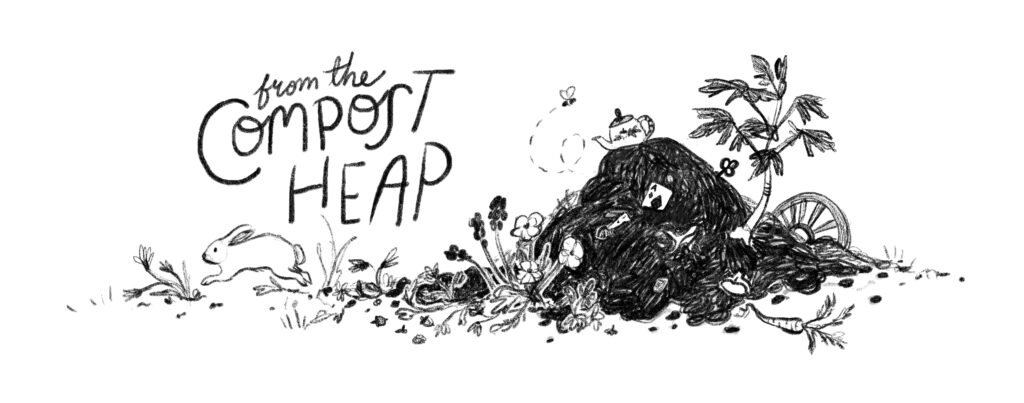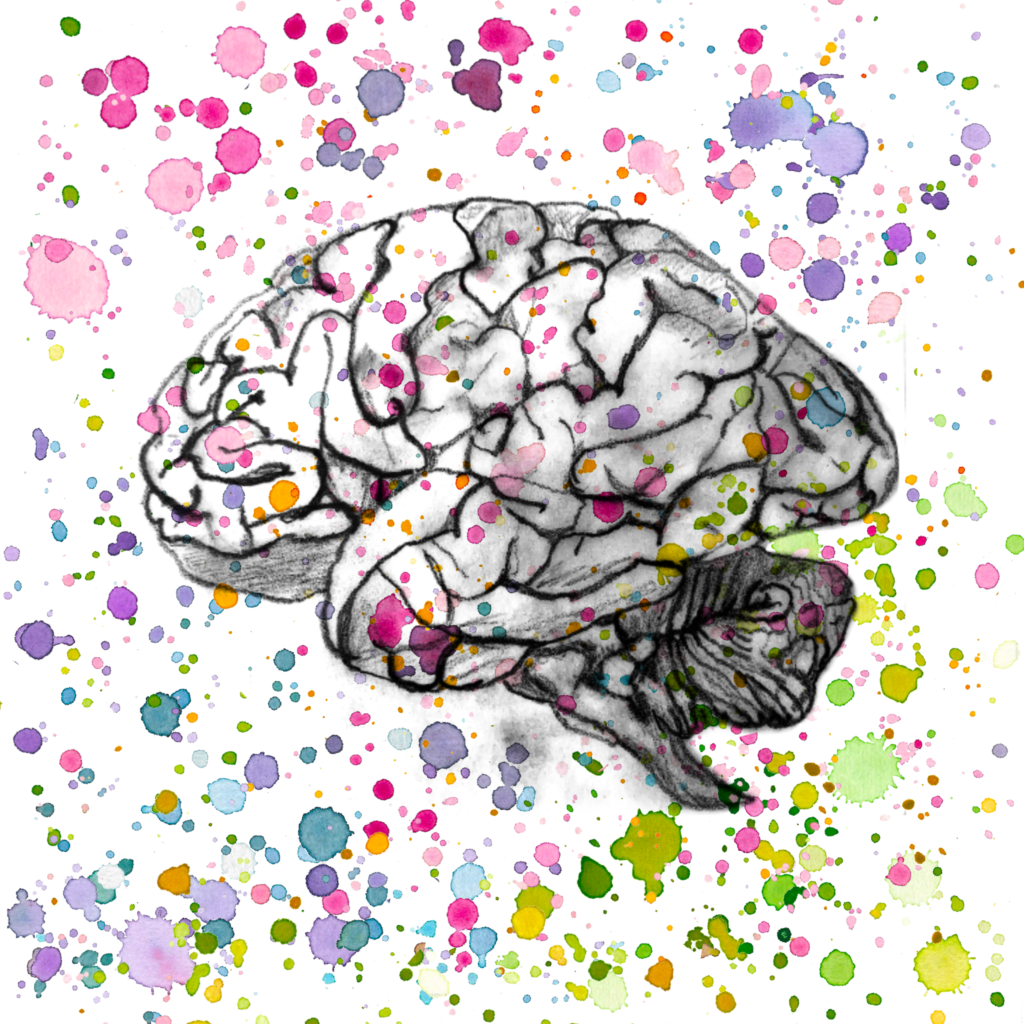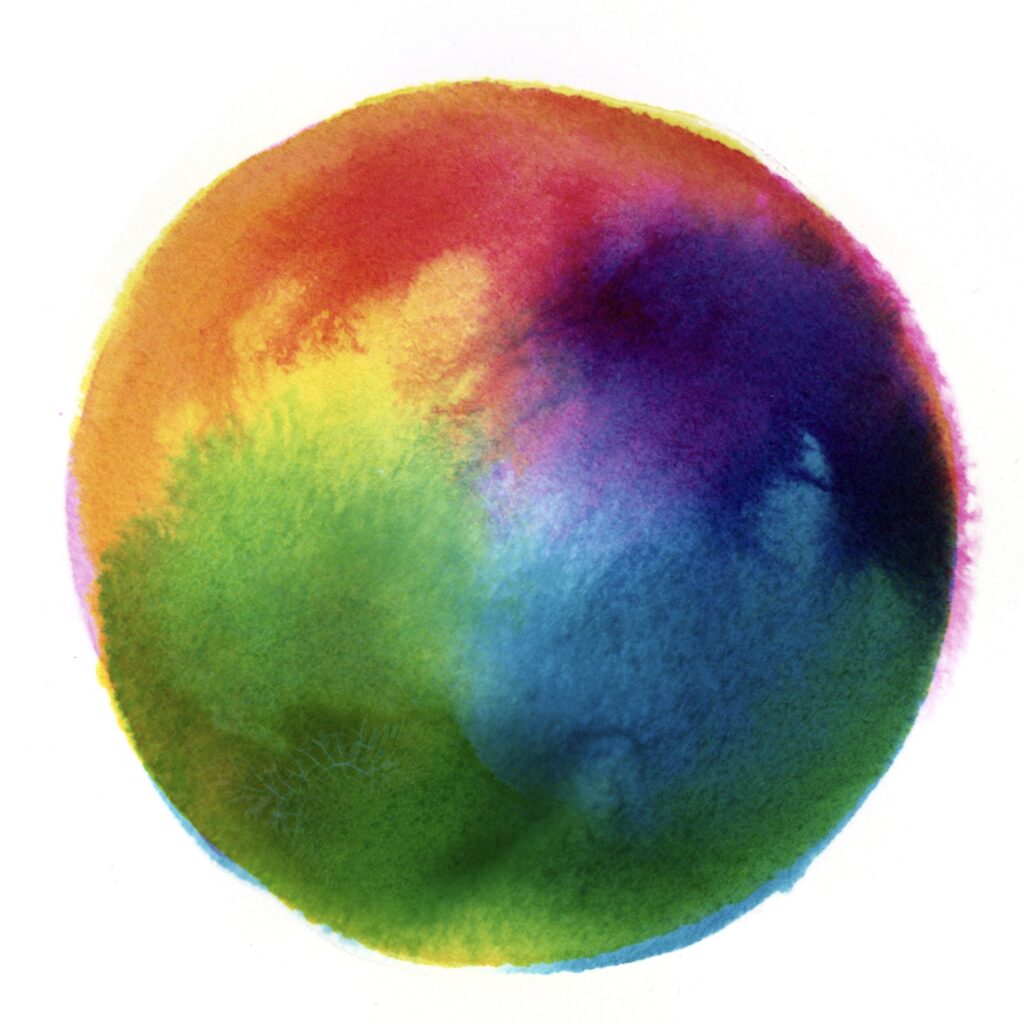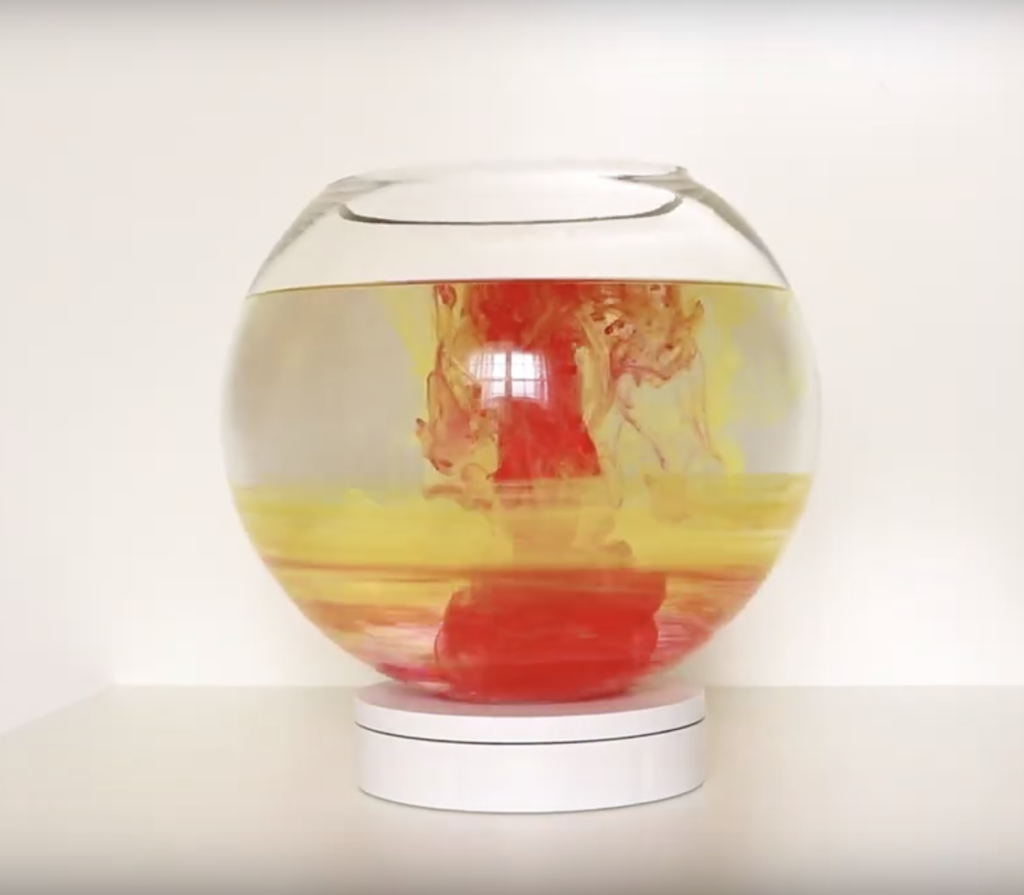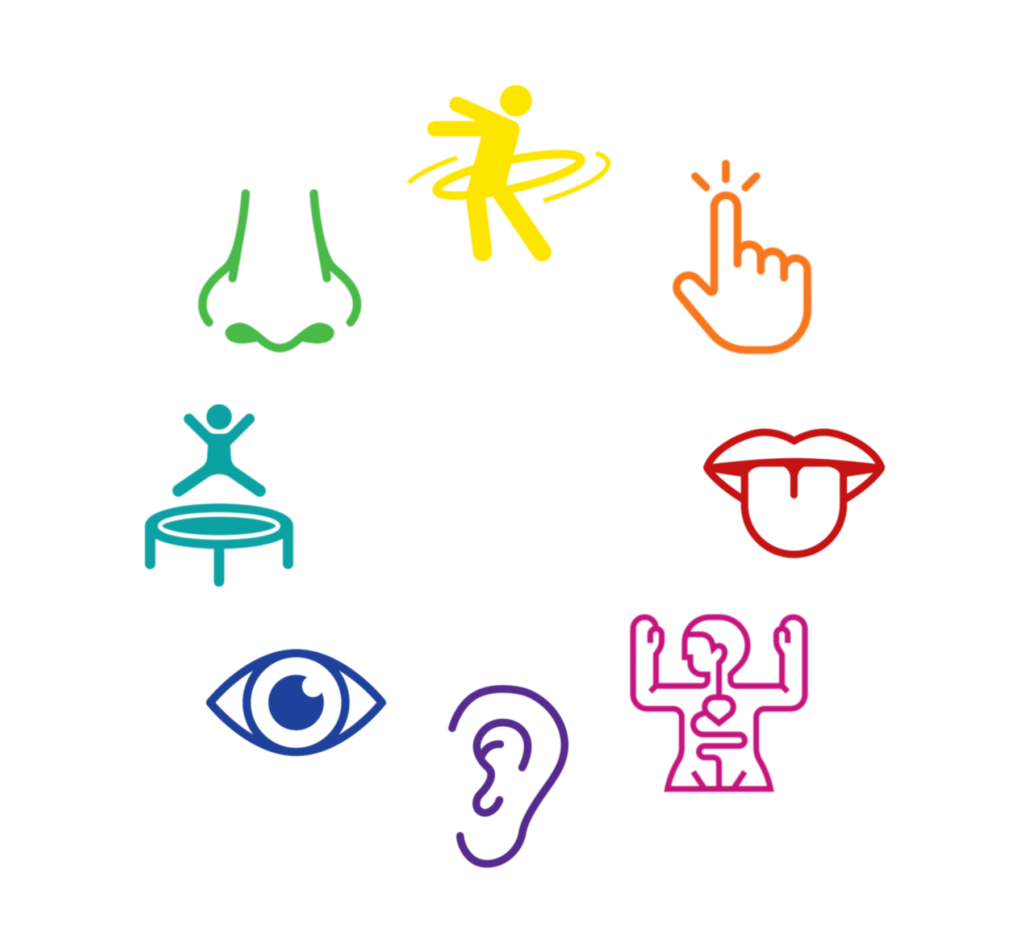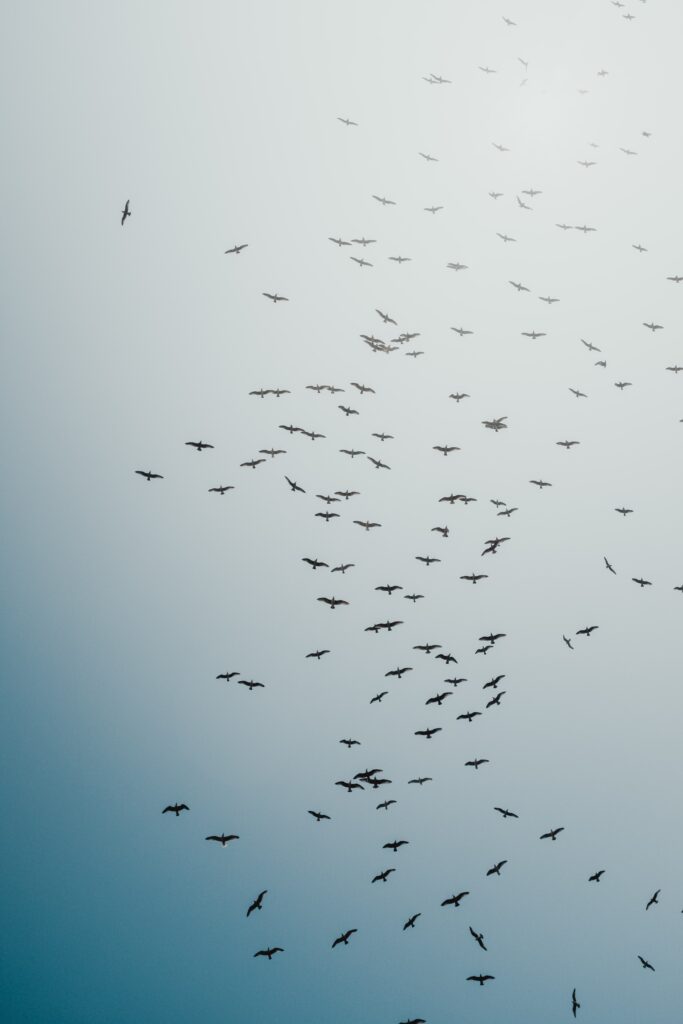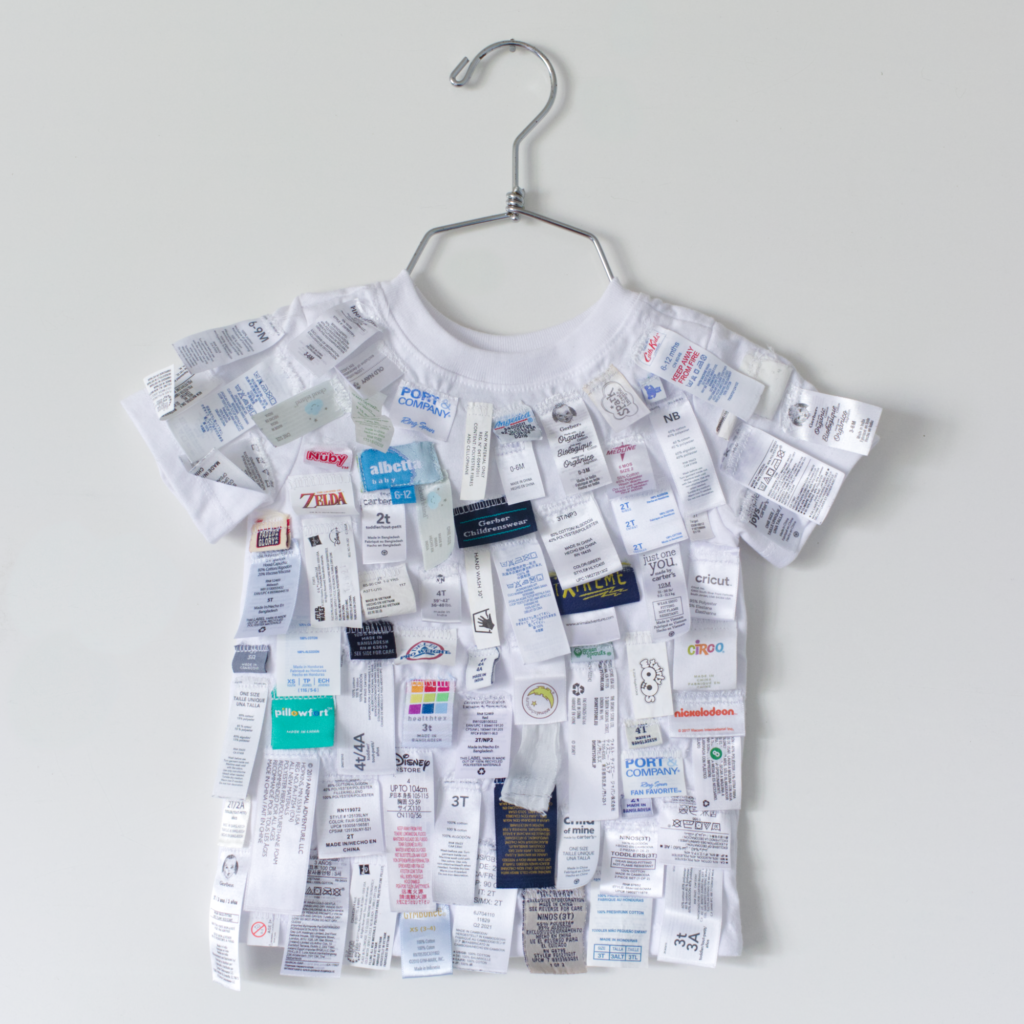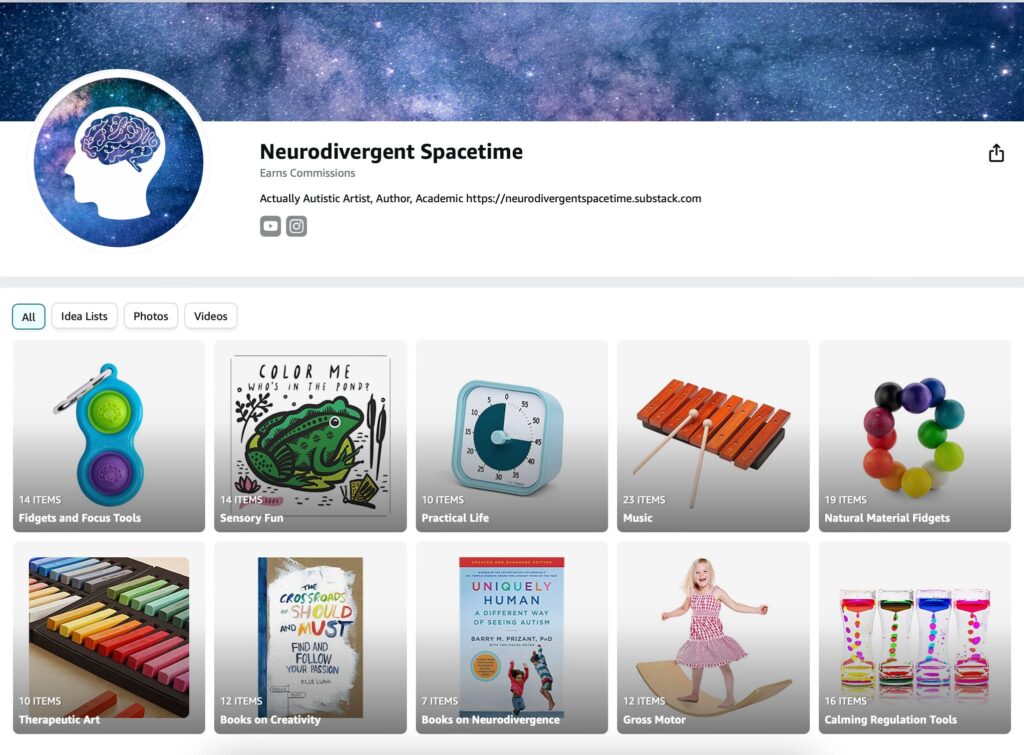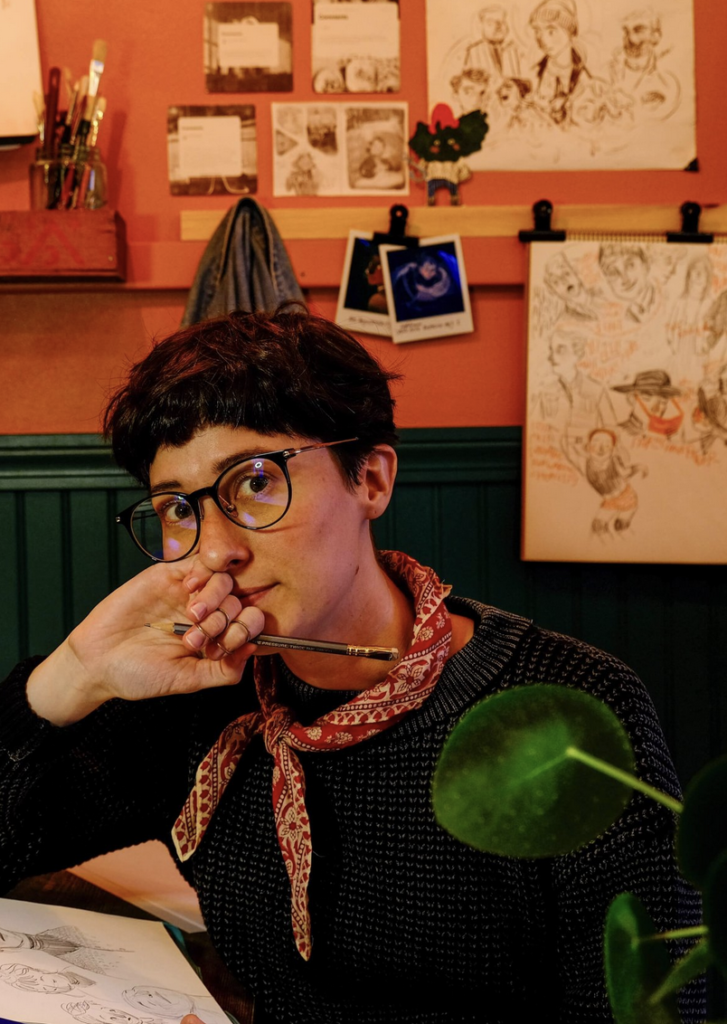This resource library focuses on autism, ADHD, and hypersensitivity as these are my lived experience.* This area of research has been a passion of mine for nearly a decade. I’ll do my best to organize things so you can find what is helpful to you.
Not sure what neurodivergence is?
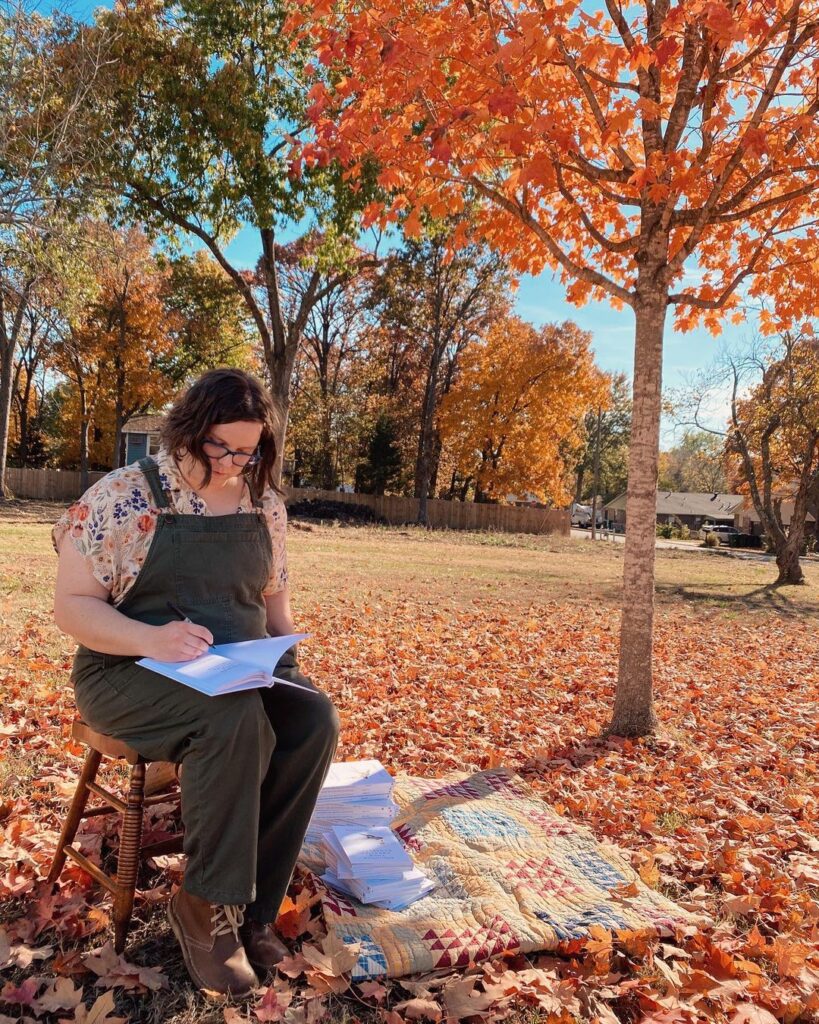
Hi, I’m Sarah Shotts. A late diagnosed autistic adult, author, artist, home educator, and erstwhile academic. Over the last several years I’ve been doing self directed research and collecting resources to better understand myself and my neurodivergent family. To learn more about me and my work click here.
Choose your adventure.
What is Overstimulation?
I made this video to share my experience of overstimulation.
I also find that my autistic traits are almost always rooted in sensory differences. So this a helpful place to start when discussing autism. Overstimulation can also be experienced by ADHDers.
(There’s also a shorter 30 second version here.)
“On the Spectrum”
When we talk about autism or neurodivergence we often mention a spectrum. Sometimes this is misunderstood as a range of intensity from “more” to “less.” But you cannot be “more” or “less” autistic or neurodivergent.
I made a zine to illustrate the complexity and nuance of being “on the spectrum.” You can read it here.
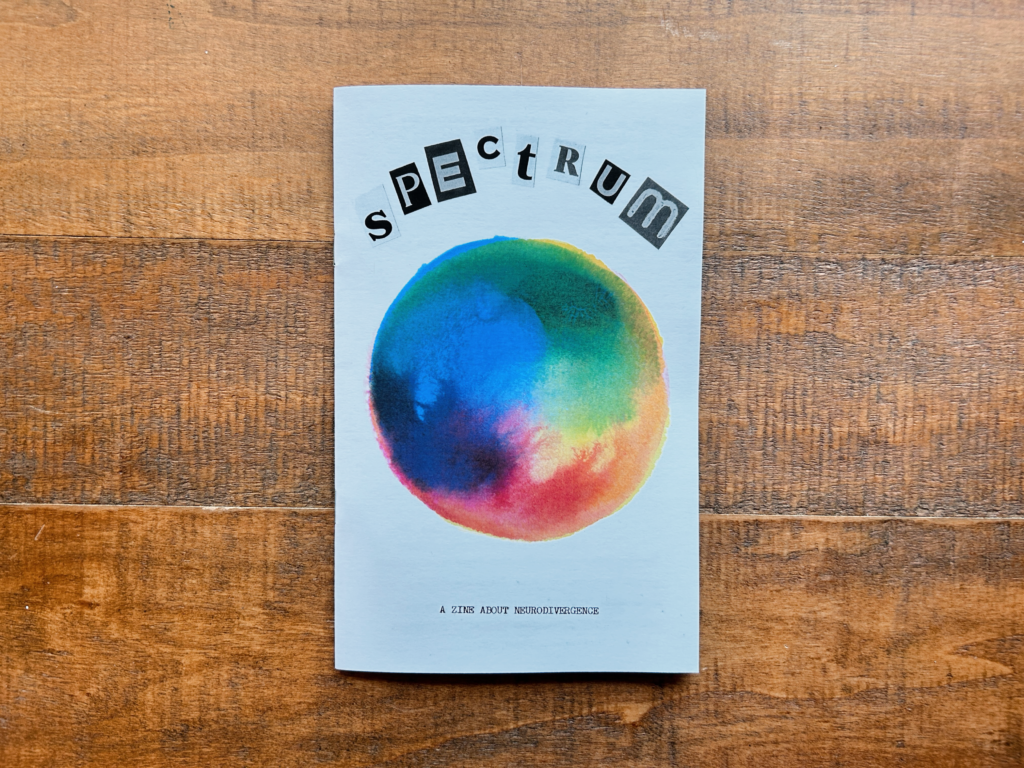
How it Feels to Me
You may also enjoy the picture book I’m co-creating with an autistic illustrator Gracie Klumpp. How it Feels to Me is an introduction to sensory processing for readers of all ages.

FOOTNOTES
* I have been professionally diagnosed with autism, but also have traits of ADHD such as time blindness and difficulties with object constancy. Having knowledge of these traits and functional coping strategies I have no interest in pursuing an ADHD diagnosis at this time.
